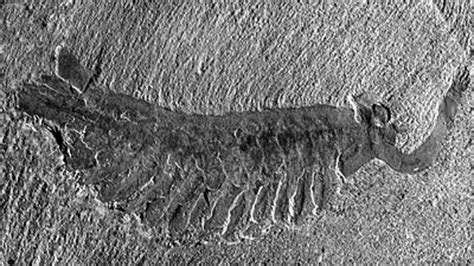opabinia fossil - maotianshan shale and whittington : 2024-11-02 opabinia fossilAll the recognized Opabinia specimens found so far come from the "Phyllopod bed" of the Burgess Shale, in the Canadian Rockies of British Columbia.In 1997, Briggs and . See more opabinia fossilDelfi. Новости. Подписаться. Подкасты. Новости. ФОТО. В Лиепае по случаю новогодних праздников очень красиво украсили город (3) ФОТО. Волшебство в городе!
As a ranger, you gain the following class features. Hit Points. Hit Dice: 1d10 per ranger level Hit Points at 1st Level: 10 + your Constitution modifier Hit Points at Higher Levels: 1d10 (or 6) + your Constitution modifier per ranger level after 1st. Proficiencies. Armor: Light armor, medium armor, shields Weapons: Simple weapons, martial .
opabinia fossilopabinia fossil maotianshan shale and whittingtonConsidering how paleontologists' reconstructions of Opabinia differ, it is not surprising that the animal's classification was highly debated during the 20th century. Charles Doolittle Walcott, the original describer, considered it to be an anostracan See moreAll the recognized Opabinia specimens found so far come from the "Phyllopod bed" of the Burgess Shale, in the Canadian Rockies of British Columbia.In 1997, Briggs and . See more

The way in which the Burgess Shale animals were buried, by a mudslide or a sediment-laden current that acted as a sandstorm, suggests . See moreOpabinia made it clear how little was known about soft-bodied animals, which do not usually leave fossils. When Whittington . See more• Paleontology portal• Body plan – Set of morphological features common to members of a phylum of animals• Radiodonta – Extinct order of basal arthropods• See moreOpabinia regalis is a fossil animal with five eyes, a long proboscis with claws, and a tail fan. It was first described by Walcott in 1912 and later reinterpreted as a stem group arthropod related to anomalocaridids.
opabinia fossil The only known fossil of U. comosa — discovered in Utah's Cambrian Wheeler Formation — had no such appendages on its head. Meanwhile, its inch-long body was segmented into 14 or 15 furrows, each. Of all the strange creatures unearthed from the Burgess Shale — a cache of remarkable Cambrian fossils deposited in the Canadian Rockies — none has been quite as transfixing as Opabinia.Opabinia, another small Cambrian critter, grew to eight centimeters (about three inches). This creature likely caught prey with the grasping claws of its long, tube-like proboscis . Opabinia is one of the more unusual looking Cambrian animals, with its long anterior proboscis, five eyes on top of the head, elongate body with wide swimming appendages and tail with . This 508-million-year-old organism, named Opabinia regalis, seemed an isolated expression of evolution running riot back in the Cambrian period—before a mass extinction swept such oddities away.
DK Models site. Become a DK Model! Create your Linktree. Cookie preferences. Linktree. Make your link do more. Linktree. Make your link do more. Linktree. Make your link do more. Subscribe. Subscribe to be the first to know about new content. @dkmodelslv. DK Models site .
opabinia fossil